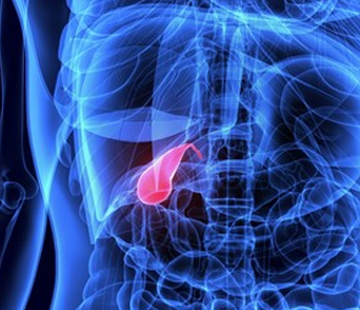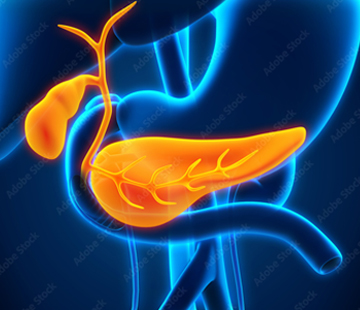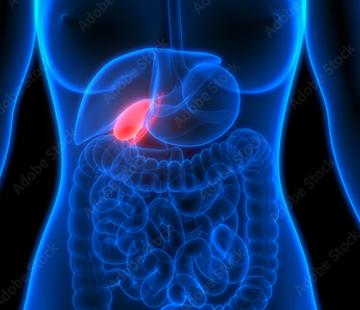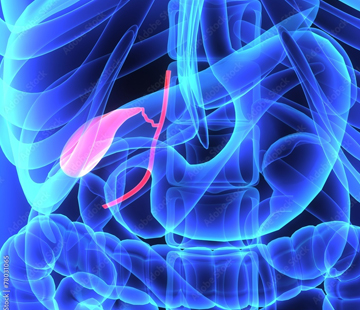Different Types
Choledochal cysts are classified into five main types based on the Todani classification system. Each type has distinct characteristics and may present with different symptoms and complications. Understanding these types can help patients and healthcare providers tailor their diagnostic and treatment approaches. Below is a brief overview of each type, with links to more detailed information:
- Type I Choledochal Cysts: The most common type, accounting for 80-90% of all cases. Type I cysts are characterized by a fusiform or cystic dilatation of the extrahepatic biliary system and can be further subdivided into Types 1a, 1b, and 1c.
- Type II Choledochal Cysts: A rare type, accounting for only 3% of all bile duct cysts. Type II cysts are characterized by the presence of a pouching or sac on the common bile duct, also known as a bile duct diverticulum.
- Type III Choledochal Cysts: Also known as choledochoceles, they represent about 5% of all bile duct cysts. Type III cysts involve a protrusion of a focally dilated, intramural segment of the distal common bile duct into the duodenum.
- Type IV Choledochal Cysts: The second most common type, accounting for approximately 10% of all cases. Type IV cysts involve the extension of the dilation into the intrahepatic biliary ducts and can be further classified into Types IVa and IVb.
- Type V Choledochal Cysts: Also known as Caroli’s disease, this rare form of congenital biliary cystic disease is characterized by multiple intrahepatic cystic dilations of the biliary ducts.
By exploring each type of choledochal cyst in more detail, you can gain a better understanding of each type, diagnostic approaches, and treatment options for each category.




